Human beings are exposed to microbes all the time. However, there are some microbes, called pathogens, which harm humans. With the advancement of medicine, many solutions were found to tackle these pathogens. However, the most remarkable solution, which saved billions of lives ever since it was discovered, was Antibiotics.
Antibiotics are medicines that fight bacterial infections in people and animals. They work by killing the bacteria or making it hard for the bacteria to grow and multiply. These medicines can be taken orally, topically (creams, sprays, or ointment), or through an injection. Alexander Fleming, who discovered the antibiotic Penicillin, received the Nobel Prize in Physiology in 1945. However, within 20 years of its discovery, the first resistant strain for Penicillin was discovered. Since then, it has been an arms race between microbes and humans. Antibiotic resistance has been a problem since the 1960s. With every new antibiotic discovered, natural or synthetic, or semi-synthetic, microbes find a new to fight against it.
Antibiotics kill the microbes present in the human body. Broad-range antibiotics kill various microbes in the vicinity, whereas narrow-range antibiotics kill a particular microbe. These types are helpful depending on the disease and the patient’s conditions. Since its discovery, pharmaceutical companies have started researching and manufacturing more antibiotics, eventually becoming relatively cheap and available everywhere. The doctors started prescribing antibiotics more frequently since it was effective. The public began buying antibiotics independently, sometimes without consulting the doctor. All these factors led to the increase of antibiotic resistance.
Most bacteria are haploid, and they have a short generation time. It allows mutations to emerge and rapidly accumulate, making changes phenotypically. The mechanisms of horizontal gene transfer are often considered being the primary mediators of antibiotic resistance [1]. There are three fundamental mechanisms of antimicrobial resistance. They are:
- Enzymatic degradation of antibacterial drugs
- Alteration of bacterial proteins that are antimicrobial targets
Changes in membrane permeability to antibiotics [2]. The problem is not the antibiotic resistance itself but its consequences. Since the antibiotics are used to kill bacteria, once the bacteria gain resistance against the antibiotic, this antibiotic cannot be used to kill the same bacteria. So, another new antibiotic has to be administered, and it is only a matter of time until the bacteria gain resistance against the second antibiotic. Eventually, the number of antibiotics in the market increased and the number of bacteria that gained resistance. Furthermore, if these bacteria are pathogenic, they cannot be killed since they are resistant to antibiotics. So, if the pathogen causing life-threatening diseases infects humans, humans cannot survive even if they take antibiotics.
In 2020, WHO declared the COVID-19 to be a pandemic. It had caused severe damage to all the people in the world. Millions of lives have been lost in 1st, 2nd and 3rd wave around the globe. One consequence of the virus attacking humans was secondary infections which arose because of the weakened immune system. To reduce the subsequent infections caused by the bacteria, heavy doses of antibiotics were given to the ill patients. However, the bacteria gain resistance to the antibiotic before spreading to the other patients and unaffected individuals. According to the survey done in February 2021 conducted by Centre for Disease Control and Prevention (CDC), USA, there have been outbreaks of antibiotic-resistance of Acinetobacter baumannii. A. baumanii is known to cause infections in the blood, urinary tract, and lungs or wounds in other body parts. There has also been an increase in MRSA detection (Methicillin-resistant Staphylococcus aureus) in hospital wards and nursing homes [3]. Such annual surveys were restricted because lockdowns were imposed worldwide to prevent the spread of the disease. The number of resistant bacteria has increased, but the exact number and species are unknown.
All is not bad since researchers are actively working in this field to find new methods to kill the bacteria without them gaining resistance. New antibiotics are being discovered to kill the bacteria. Other than these chemical methods, physical methods such as bio-mimicking nano antibacterial surfaces and sonic waves is used to kill bacteria. Bio-mimicking antibacterial surfaces are being used to make the outer layer of orthopedic and dental implants. These treatments prevent foreign pathogens’ growth, which might be present on the implants [4]. Sonobactericide is an emerging treatment strategy for bacterial infections. It involves exposing bacterial droplets to ultrasound, which affects the bacteria, thus increasing the efficacy of antibiotics [5].
It is also important that doctors are adequately educated in this field to prescribe antibiotics responsibly. Government rules should restrict the over-the-counter sale of antibiotics.
Author:
Jyothsna P V
MSc Biotechnology
Department of Biotechnology
Dayananda Sagar University
Shavige Malleshwara Hills, Kumaraswamy Layout, Bengaluru- 560111
Reference:
[1] Review. Clin Microbiol Infect. 2007 Jan; 13(1): 5-18. The emergence of antibiotic resistance by mutation. N Woodford, M J Ellington. PMID: 17184282
[2] Review. Arch Intern Med. 1991 May; 151(5): 886-95. Mechanisms of bacterial resistance to antibiotics. L A Dever, T S Dermody. PMID; 2025137
[3] COVID-19 & Antibiotic Resistance. CDC- Centers for Disease Control and Prevention. https://www.cdc.gov/drugresistance/covid19.html#:~:text=Reports%20describe%20sporadic%20antibiotic%2Dresistant,%2C%20in%20COVID%2D19%20units
[4] Review. Journal of Nanobiotechnology. 2017 Oct 02; Bio-mimicking nano and micro-structured surface fabrication for antibacterial properties in medical implants. Alka Jaggessar, Hesam Shahali, Asha Mathew, Prasad K. D. V. Yarlagadda
[5] Review. Elsevier Inc. 2019 Sep 16; Sonobactericide: An emerging treatment strategy for bacterial infections. Kirby R. Lattwein, Himanshu Shekhar, Joop J.P. Kouijzer, Willem J.B. van Wamel, Christy K. Holland, and Klazina Kooiman
